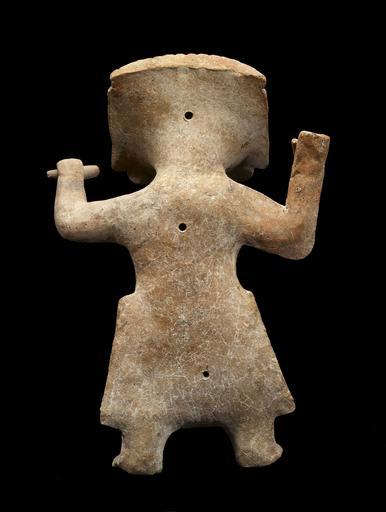MAKE A MEME
View Large Image

| View Original: | Mexican_-_Female_Ritual_Performer_-_Walters_20092047_-_Back.jpg (1358x1800) | |||
| Download: | Original | Medium | Small | Thumb |
| Courtesy of: | commons.wikimedia.org | More Like This | ||
| Keywords: Mexican - Female Ritual Performer - Walters 20092047 - Back.jpg South-central Veracruz was home to a number of vibrant sculptural traditions Among them is the so-called Nopiloa style named for the archaeological site of Nopiloa located in the Mixtequilla area of southern Veracruz Hundreds if not thousands of these striking figures were produced during the Late Classic Period ranging from small figures to large-scale sculptures most of which were made in press molds with some hand-modeling for adding accouterments of dress The figures may depict ritual performers or intended sacrificial victims in the midst of a trance induced by the ingestion of mind-altering substances such as hallucinogenic plants animal poisons or alcohol It has been suggested that these figures represent the Classic Period antecedents of the ritual practices of induced joviality and ecstatic dance in honor of the Postclassic deity Xochipilli-Macuilzochitl These Nopiloa figures typically are portrayed with upraised head and arms held at the side of the head Usually the right hand clutches an object that eludes identification although it has been variously suggested to be a rattle a potent native tobacco cigar or a hallucinogenic plant material AD 600-900 Late Classic earthenware cm 40 32 24 13 10 16 accession number 2009 20 47 80202 Economos Works of Art date and mode of acquisition unknown John G Bourne 1990s by purchase Walters Art Museum Gift of John Bourne 2009 place of origin southern Veracruz Mexico Walters Art Museum license Mexican Pre-Columbian art in the Walters Art Museum Remojadas Mexican - Ritual Performer - Walters Art Museum | ||||